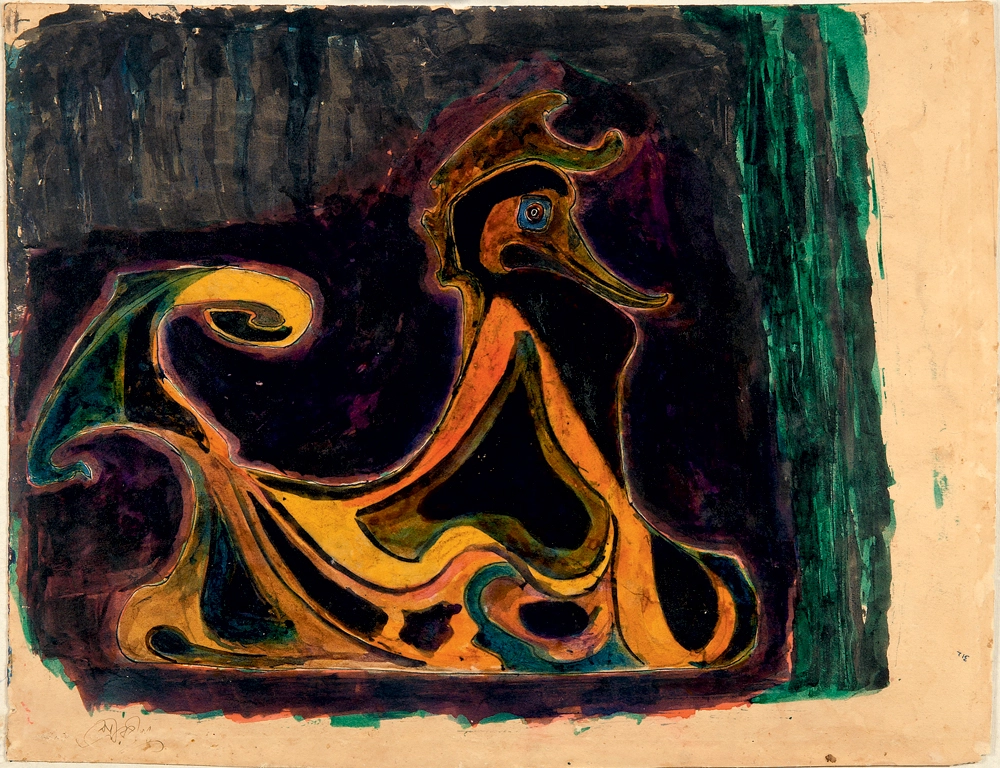Dr Leonard Lewisohn notes that ‘although Persian Sufi ideas constitute a significant feature of Tagore’s philosophical and mystical thought, these aspects are generally disregarded by critics of his writings*.
With no formal education, Tagore received the 1913 literary Nobel Prize for his spiritual poems. In this series, we take a look at his upbringing and his views.
Tagore’s grandfather; known as the ‘Prince’ (1794–1846)
Tagore was born into a rich, intellectually and spiritually vibrant environment.
He had a remarkably talented family.

Rabindranath’s grandfather, Dwarkanath Tagore, was a wealthy landowner known as the “Prince,”
In London, he had consorted with writers such as Charles Dickens, had an audience with the Queen, met the distinguished orientalist Max Müller in Paris,.
He was known for his love of art and literature.1
Prince Dwarkanath Tagore, with other persons, published the newspaper “Bengal Herald” and “Bangadoot” which contained Persian sections.
At the time, Persian culture and language were dominant in Bengal.
Tagore’s father, the ‘Saint’ (1817–1905)
Despite his aristocratic upbringing and hereditary wealth, Tagore’s father, Debendranāth Tagore, was an outstanding religious philosopher.
He was so deeply versed in the Upanishads that he was known as the “Saint” (Maharishi).
Rabindranath himself was deeply influenced by the Persian classical poets.

Tagore family was called برهمنهای پیرعلی or “Pīr-‘Alī Brahmins,* or the followers of Imam Ali.
He knew Persian.
He could recite the poetry of Ḥāfiẓ ( حافظ)by heart.
Hafez was a 14th century Iranian Sufi poet.
They were the ‘Brahmins who follow their spiritual master ‘علی بن ابی طالب or ‘Alī ibn Abī Ṭālib.’ Ali was the first Iranian Shia Imam*59, alluding to the impact of the Persian Sufi tradition on the family.
With his primary interests in mystical and metaphysical, Debendranāth Tagore became responsible for the development of the Indian reform movement (Brahmo Samja).
The movement was earlier founded by Ram Mouhan Roy (1772–1833)*.4
Debendranāth used to quote the دوبیتی های حافظ (couplets of Hafiz) so frequently in his conversations, letters and writings that it seemed as if he was حافظ دیوان حافظ or hafiz of the Diwan-i-Hafiz. It means a person who knows the complete oeuvre of Hafez by heart.
He used to recite Brahmo Sangit and poems of Hafiz till midnight forgetting all worldly things.
The praying bell that Debendranath used contained the following couplet of Hafiz:
مرا در منزل جانان چه امن وعیش چون هردم … جرس فریاد بر بندد که بربندید مهمل ها
This verse was Debendranāth Tagore’s mantra, which he repeated during the final days of his life.64

The bell is preserved in the Rabindra Museum in Santiniketan*.63
Indeed, throughout his lifetime, Debendranāth had treated کلیات حافظ or the Dīvān of Ḥāfiẓ as a sacred text that he regularly recited during his nocturnal meditations:
‘At night I used to leave my bedroom windows open, and I enjoyed the cold night wind very much indeed. Wrapping myself in a blanket, and sitting in bed oblivious of all else, I spent half the night reciting hymns and the verses of Hafiz*.’65
Debendranāth Tagore
Rabindranath Tagore (1861–1941)

Tagore grew up in a family where there was an overabundance of poetry. He grew up among his gifted siblings (seven brothers and five sisters) who were also distinguished poets, novelists, and musicians themselves.17
He was the youngest of all.
He had no classical education. He was brought up with tutors. One of his brother also trained him.
The ecumenical teachings of the Persian Sufi tradition and the rich heritage of Persian poets such as Aṭṭar, Rumi, Sa‘di, Shabistari, Ḥafiẓ, Jami-عطار ، مولوی ، سعدی شبستری ، حافظ ، جامی – and others were well known in the Tagore family.
These Persian spiritual masters teachings had been cherished by his father and grandfather, regularly used as educational texts in the Indian reform movement to which they belonged.
He grew up in the spiritual milieu of the Persianate culture of the 19th and 20th century Bengal that sheds light on the extent of the influence of Persian Sufi ideas on Tagore.
Rabindranath described his admiration for the great Persian Sufi poets when visiting the tombs of Ḥāfiẓ and Sa‘dī in Shiraz in 1932.

Rabindranath Tagore; Imam Ali’s followers in a princely family
Tweet
In this series we will know more about the Rabindranath Tagore family, get familiar with his pedagogy, and the widespread Persian culture of Bengal before the division into East and West Pakistan, and the role of Persian Islam in the Indian reform of Brahmo Samja. .
- More on Tagore:
- Hafez and Rabindranath Tagore
- Persian; the language of Bengal until British arrvide in 19th century
- Persian sufism and Indian reform; Ram Mouhan Roy (1772-1833)
- Imam Ali’s followers in a princely family; Rabindranath Tagore
- From avoiding schools to winning the literary Nobel prize
- Calcutta (19th century); the rendevous of Persian poets
- Rabindranath Tagore’s trip to Shiraz to visit Hafez (1932)
- Why did Tagore renounced his Knighthood
- Hungry Stones; an excerpt of a short story by Rabindranath Tagore
- Shiraz 1932; Tagore meditating beside the tomb of Hafez
Suggested readings and references:
Special thanks to Dr Leonard Lewisohn from the University of Exeter for his research that contributed to the main body of this series adaptation. Additional materials were sourced from Professor Emeritus Irfan Habib’s, and Dr Beatrice Teissier’s publications. Sentences showing an asterisk (*) above may be traced to the provided research materials containing over 145 Parsian and English academic references.
- Rabindranath Tagore’s Syncretistic Philosophy and the Persian Sufi Tradition, Leonard Lewisohn, University of Exeter, 2017, Published by Penn State University Press
- TEXTS FROM THE PERSIAN IN LATE EIGHTEENTH-CENTURY INDIA AND BRITAIN: CULTURE OR CONSTRUCT? Beatrice Teissier, Oriental Institute, Oxford, 2009, Published by Taylor & Francis, Ltd.
- Jallianwala Bagh Massacre, Irfan Habib, 2019, Published by Social Scientist
